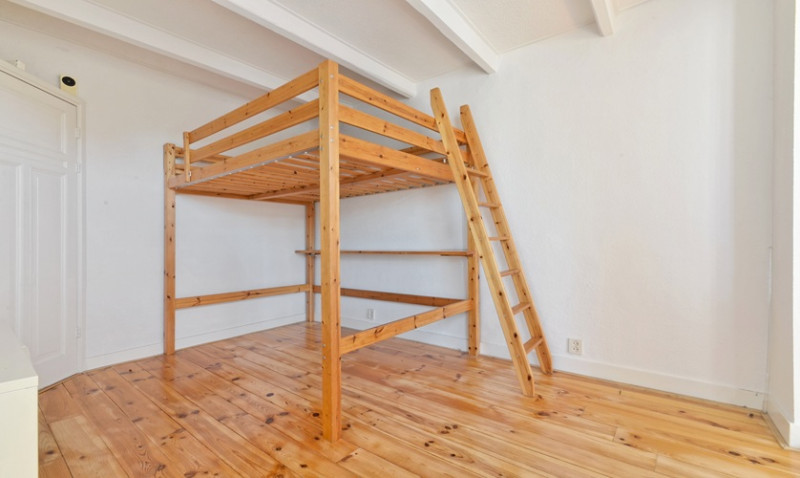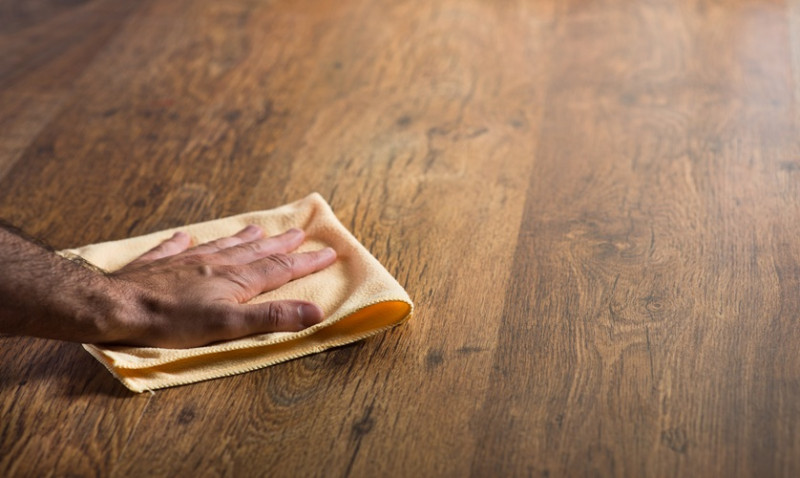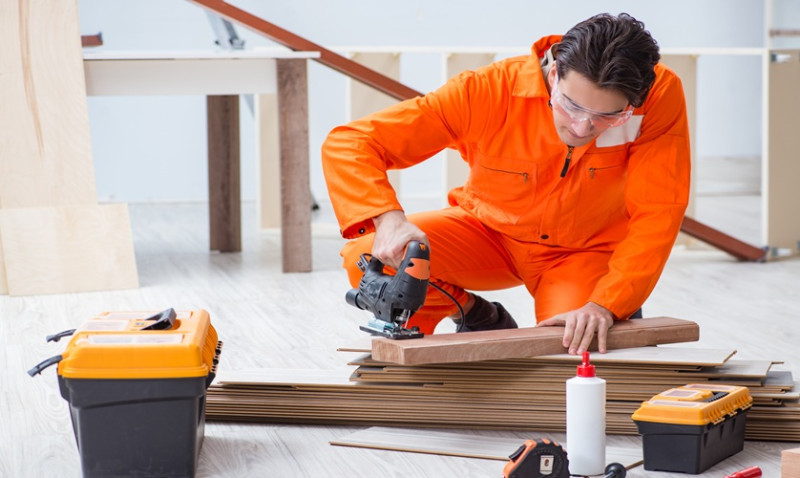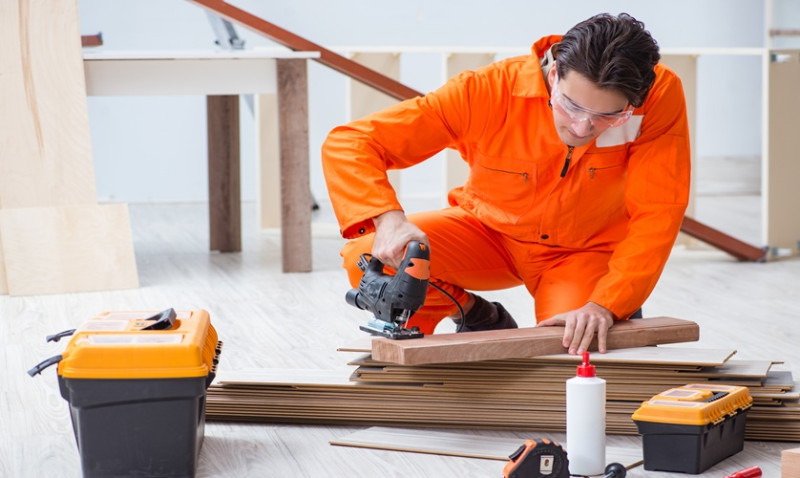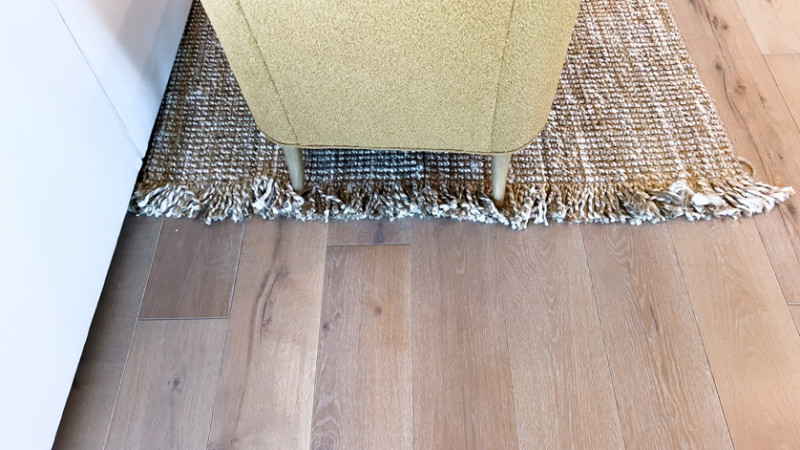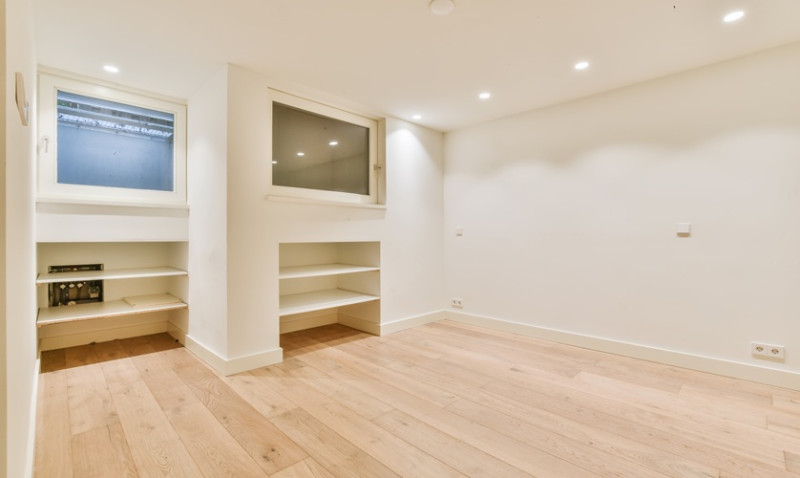
Whether you’ve just pulled up an old carpet in your Victorian terrace or discovered worn floorboards beneath a laminate layer in your Edwardian flat, many homeowners, DIY enthusiasts, and tradespeople across the UK are asking the same question — “Will I be able to save these floors?”
The good news? In many cases, yes — you can restore and revive original flooring, especially those classic timber floorboards found in older British homes. But the answer isn't always straightforward. It requires evaluating the condition of the floor, understanding what restoration involves, and deciding whether you’re up for a bit of grit and graft or should call in the pros. Let’s dive into the practicalities.
Step 1: Assessing the Floor’s Condition
The first thing every DIYer, architect, or trade professional should do is properly assess the current state of the floor. This isn’t just about appearances — a quick visual inspection can sometimes be deceptive. Here's what you need to check for:
- Wood Thickness: If floorboards have already been sanded multiple times over decades, they may be too thin for another round. Thin boards can crack or splinter under stress.
- Gaps and Movement: Are the boards wobbling or shifting underfoot? Excessive movement could indicate structural issues or poor installation.
- Rot and Water Damage: Moisture is the enemy of timber. If the floor has been exposed to leaks, spills, or high humidity, check for blackened spots, soft areas, or fungal growth.
- Pest Damage: In the UK, woodworm is a common issue in homes with untreated or older timber. Look for small holes and powdery dust beneath boards.
- Mould or Odour: Musty smells often signal hidden mould — possibly indicating a bigger moisture issue that needs addressing before restoration.
If your floor passes these checks with relatively minor issues, you’re in a great place to begin the restoration process. But even if you spot one or two problems, don’t panic; many issues can be rectified. Always remember that floor saving is often possible — it just takes the right approach.
Cleaning and Preparing the Floor
Before any tools come out, it's essential to give the floor a thorough clean. This isn’t just about tidiness — preparing the surface helps you better understand what you’re working with.
Start by sweeping or vacuuming thoroughly to remove dust, debris, nails, and carpet tacks. Pay attention to corners and edges, where dust accumulates over the years. If there’s adhesive or paint on the boards, you can use specialised cleaners or gel-based paint removers that are safe for wood.
Top Tip: Avoid using harsh, soapy water at this stage, especially if the timber is untreated. Too much moisture can warp the boards or cause them to swell.
If your floor is particularly grimy, use a damp (not wet) mop and dry the boards immediately after. A clean surface makes sanding and any patch repairs more effective – and it gives you a clearer idea of the wood's colour and grain.
When to Sand – and When Not To
Sanding is often considered the magic step that transforms tired-looking floorboards into beautiful features. But it’s not always the go-to solution. Depending on the board thickness, previous restorations, and current state, sometimes less is more.
If you’ve got enough wood thickness remaining, sanding can even out the surface, remove old finishes, stains, and minor gouges. Most DIYers opt for hiring a drum or belt sander from local tool hire companies, available across the UK, or consider orbital sanders for smaller or delicate areas.
But what if there’s not enough wood left to safely sand? In these cases, consider gentle surface prep like hand sanding, careful refinishing with rejuvenating oils, or embracing the aged character of the timber instead. ‘Perfectly imperfect’ floors are stylish and on-trend — especially in rustic, modern-industrial, or vintage-inspired interiors.
Repairing Damage
Before applying any finishing treatments, repair all necessary sections. Here’s how to handle common DIY repairs:
| Issue | Solution |
|---|---|
| Loose or squeaky boards | Secure with hidden screws into joists below (avoid nailing into pipes!). |
| Gaps between boards | Use wood filler, pine slivers, or a flexible gap filling compound. |
| Small holes and scratches | Apply wood filler that matches the colour of the floor, then sand flat when dry. |
| Severely damaged boards | Replace individual planks with reclaimed or matching timber where possible. |
If you're unsure about removal or replacement, it might be wise to consult a joiner or flooring specialist — especially for period properties where matching the grain and finish matters a great deal for aesthetic continuity.
Choosing the Right Finish
This is where the magic happens. Choosing the best finish depends on your floor's purpose, daily wear, and your desired look. Here are the most popular options in homes across the UK:
- Hard Wax Oils: Give a natural look while offering water resistance and durability. Ideal for living rooms and bedrooms.
- Polyurethane Lacquers: Offer high durability and a glossy finish. Excellent for high-traffic areas but might feel too modern in period homes.
- Stains: Change the floor’s colour but must be sealed afterwards. Great for bold design statements.
- Limewashing or Whitewashing: Popular in Scandinavian-style interiors. These finishes brighten darker timber but still show grain.
Whatever you choose, always test a small patch in an inconspicuous area or on a spare board. UK climate, especially in older homes with fluctuating humidity, can affect how finishes behave over time. Opt for high-quality products from trusted brands like Osmo, Bona, or Ronseal for lasting results.
When to Replace Instead Then Restore
While salvaging and restoring is ideal from a sustainability and cost perspective, there are times when replacing floors simply makes more sense. If boards are extensively rotted through, pest-infested, or extremely warped beyond sanding or repair, replacement is the safer route.
However, not all is lost. Reclamation yards and architectural salvage centres across the UK offer reclaimed flooring that matches older Victorian or Edwardian profiles. Using reclaimed boards keeps the charm and reduces environmental impact — a win-win for style and sustainability.
New engineered wooden flooring could also be an option — one that combines a natural wood surface with practical, stable layers underneath — ideal for underfloor heating systems.
Final Thoughts: Can You Save Your Floors?
In most cases, yes — you absolutely can save those floors. With the right tools, patience, and understanding of your materials, restoring original wood flooring is a rewarding project whether you're a hands-on homeowner or a professional tradesperson offering flooring services across the UK.
It’s more than just polished boards — it's about unlocking your property’s hidden charm, increasing value, and using sustainable methods to bring it all back to life. And whether you’re in a Victorian terrace in York, a London flat, or a spacious barn conversion in Kent, those tired old boards might just be the showstopping feature your interior has been waiting for.
Got questions about flooring tools, finishes, or how to prep your space? Reach out to us — we’re here to help fellow enthusiasts and professionals alike turn old floors into elevated interiors. Your floor’s future is looking brighter already.
